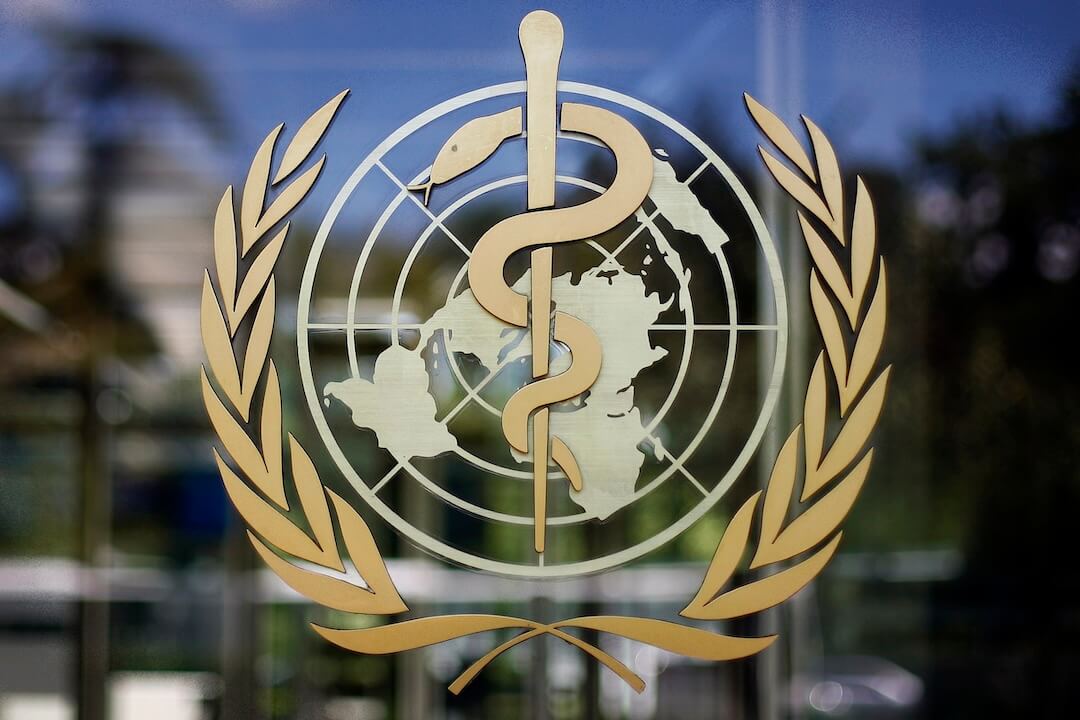Three years ago, frustrated families tried to connect with one another after Hurricane Katrina hit the Gulf Coast on August 29, 2005. The Federal Emergency Management Agency provided a database for finding missing family, but their interface required too much personal information — information that loosely connected family members did not have at the ready.
I was searching for family from New Orleans. And the databases and information sites for finding the missing fell short on several fronts — requiring too much personal information (legal names instead of nicknames or dates of birth) or not allowing photos to be uploaded of the missing. Within days of the disaster, I created a simple web interface then to allow family to post photos and messages to Hurricane Katrina survivors at The Digital Story Quilt for Hurricane Katrina Survivors and Family.
For Hurricane Gustav, the technology is a bit better for handling missing people. The National Center for Missing & Exploited Children has a hotline at 866-908-9570 with a Disaster Operations Center open at noon today (Monday) to take calls. From the phone calls, NCMEC will work to get information about missing children into their database.
Ernie Allen, president of NCMEC, said via telephone on Monday that the focus of their database is on children. “We’re searching for those children who are dislocated or separated from parents. We also have Team ADAM on the scene…on the ground teams now in Baton Rouge,” he said. As when Hurricane Katrina hit, Allen says trained volunteers will be scouring shelters to take photos of children.
However, the process is still not as easy for adults. When I asked him about a similar database for adults, Allen pointed me to the Federal Emergency Management Agency’s National Emergency Family Registry and Locator System, but this process requires a 10-15 minute registration process that even those searching the database must complete. A link to the National Center for Missing Adults (www.missingadults.org) was broken. The Family Links website of the International Committee of the Red Cross did not yet have a link for Hurricane Gustav.
The Gustav Information Center is a new Ning social network that seeks to aggregate news and information about the storm and relief efforts. What the Ning site still lacks is the type of interface where families can reconnect with one another. Andy Carvin, creator of the Ning site, says that his site plans to include some links of that sort soon, based on his experiences with Katrina.
“Hurricane Katrina had no standards for information. Out of that experience, the People Finder Interchange Format was created to solve the issues of aggregating data,” he said.
With the site literally aggregating the work of hundreds of volunteers, Carvin says information will be changing on an ongoing basis.
“Essentially we’re playing to the Red Cross site for missing,” says Carvin. The American Red Cross Safe and Well List allows for a simple search, but has no photo option.
One of the best options seems to be the National Next of Kin Registry which allows for basic information and a photo to be uploaded to the site…without a lot of hassle. The organization is a partner of the American Red Cross.





